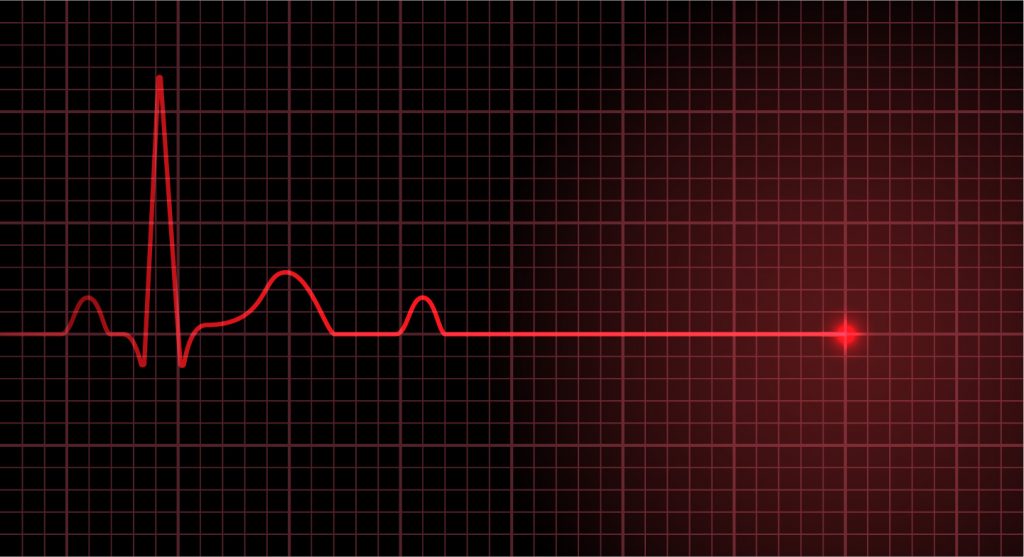Arq. Bras. Cardiol. 2023; 120(7): e20230406
Outcome Analysis after Out-of-Hospital Cardiac Arrest
This Short Editorial is referred by the Research article "Outcomes after Clinical and Traumatic Out-of-Hospital Cardiac Arrest".
Cardiac arrest (CA) is defined as the cessation of mechanical activity of the heart, confirmed by the absence of signs of circulation, clinically manifested by unresponsiveness, absence of pulse, and breathing or gasping. CA is the final pathway and mechanism of death in various clinical or traumatic situations that vary with the patient’s age and the occurrence location. The reversal of CA and the prognosis after the event depend on identifying and implementing high-efficiency resuscitation measures. Rates of Return of Spontaneous Circulation (RSC), survival until hospital discharge, and short- and medium-term neurological condition are imprecise and vary in the literature. A meta-analysis of 141 studies from North America, Europe, Asia, and Oceania showed that RSC occurred in 29.7% of adult patients resuscitated in the out-of-hospital environment, and less than 10% survived until hospital discharge. The highest survival rates occurred in witnessed CA cases with early initiation of resuscitation maneuvers. In another meta-analysis that included 44 studies conducted in Europe, Asia, and North America, the use of extracorporeal circulation in out-of-hospital resuscitation resulted in survival rates of up to 24%, with 18% of patients having favorable neurological conditions. However, in the evaluated studies, the time for arrival of the mobile medical service was less than 5 minutes, which may have influenced the outcomes.
In Brazil, in the out-of-hospital environment, survival rates are related to the rhythm of CA. Shockable rhythms, ventricular tachycardia, or ventricular fibrillation account for nearly 80% of events, and when defibrillation is performed between 3-5 minutes from the onset of CA, the survival rate is around 50% to 70%. Meanwhile, non-shockable rhythms, such as pulseless electrical activity and asystole, have a survival rate of less than 17%. According to the Guidelines for Cardiopulmonary Resuscitation and Emergency Cardiovascular Care of the Sociedade Brasileira de Cardiologia , the survival rate in traumatic CA cases is less than 3%. An article published in the Arquivos Brasileiros de Cardiologia provides important information on survival rates and neurological conditions in out-of-hospital CAs in a Brazilian capital, allowing for the development of strategies to prevent such events and improve the cardiopulmonary resuscitation ( CPR) response teams. It is a cohort study conducted in Campo Grande, Mato Grosso do Sul (MS), Brazil. Retrospective data collection was performed from the Prehospital Care records of the Mobile Emergency Care Service, involving 852 victims over 18 years old who experienced out-of-hospital CA between January 2016 and December 2018. The cohort segment was established by collecting information from the medical records of the hospital units where the survivors were admitted or through interviews with the patients and their family members.
[…]
1,364

